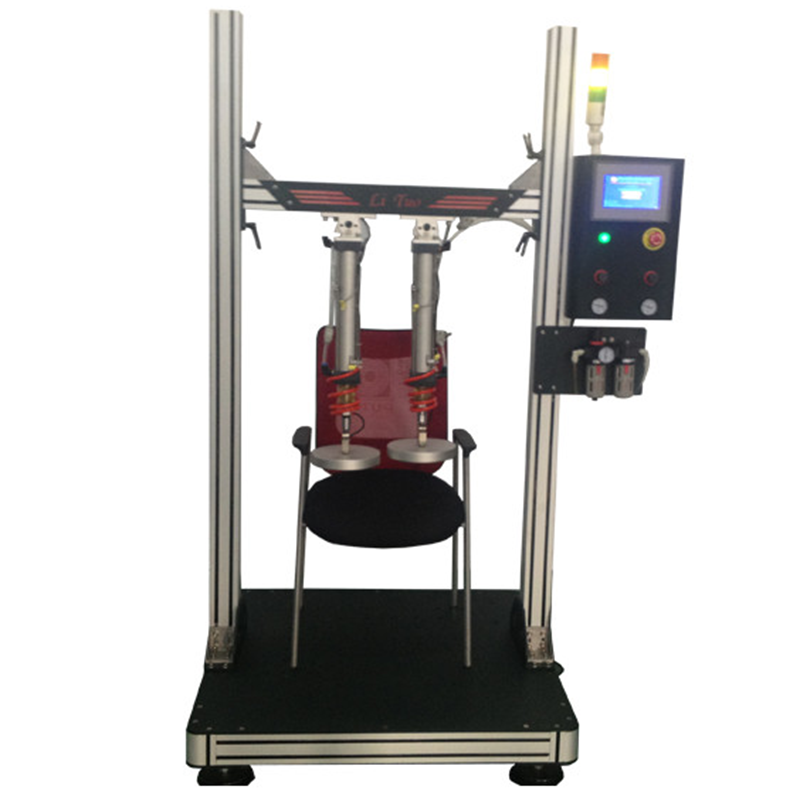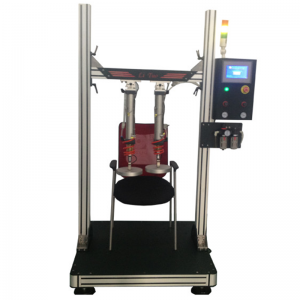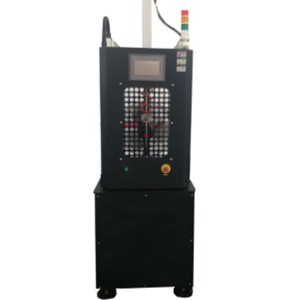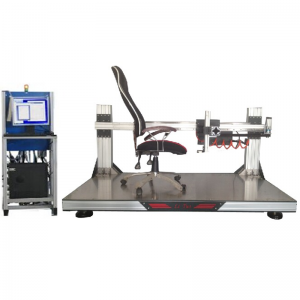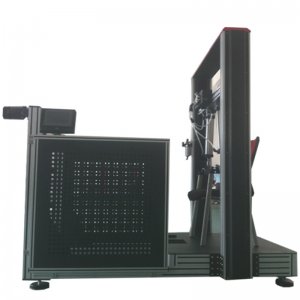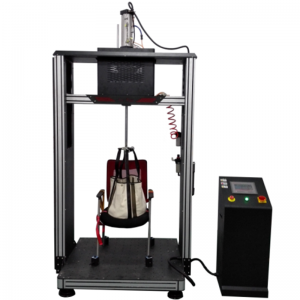LT – JJ03-D Office chair seat surface bending alternating testing machine
Technical parameters
| 1.The interactive brake | can be installed in a 10-degree movable, tilting or vertical stationary mode |
| 2.Height adjustment range | 300mm ~ 1100mm |
| 3.Test rate | 10-30 times /min |
| 4.Display | force value and peak value |
| 5.Sensor | 200kg |
| 6.Action mode | the left and right brakes can be controlled independently or simultaneously |
| 7. Air source | air pressure: ≥ 0.5mpa; Flow rate: ≥800L/min |
|
Product features |
|
| 1. It has the function of break/power off memory and breakpoint stop. After a sudden power failure, the device can automatically start after delay and operate according to the parameters set before power failure. | |
| 2. It has a fault self-diagnosis system to facilitate the inspection and troubleshooting; | |
| 3. Stainless steel plate for the base and high-strength aluminum alloy profile for the frame; | |
| 4. With breakpoint protection (alarm) function. | |
|
Test method |
|
| Load the loading block (203±13)mm in diameter and 734N in weight in the corner in front of you. If the handrail affects the loading position, remove the handrail. If the handrail is not removable, the loading point should be avoided as far as possible.Slow loading, try to avoid impact on the seat surface. The loading rate was 10 times /min-30 times /min, a total of 20,000 times. After the loading was completed, the load was replaced in the other corner of the front end for 20,000 times. | |
|
Conform to the standard |
|
| It meets the requirements of 6.6.13.2 of QB/ t2280-2016, as well as the relevant requirements of ANSI/BIFMA X5.1 and en1335.2000. | |
Write your message here and send it to us






